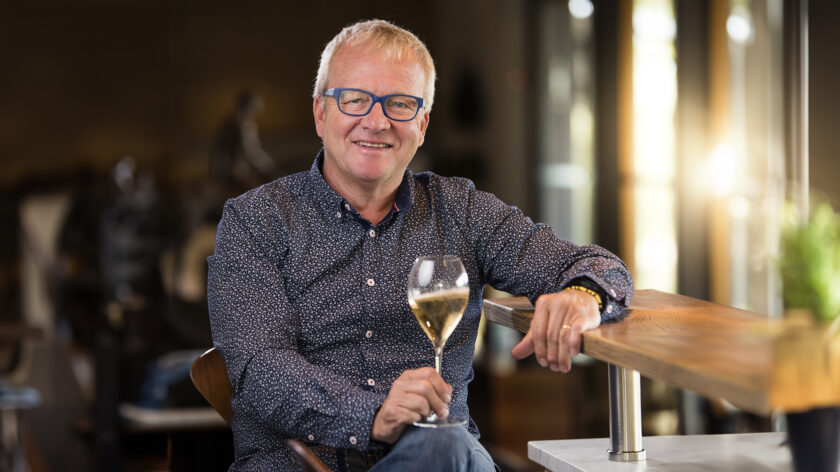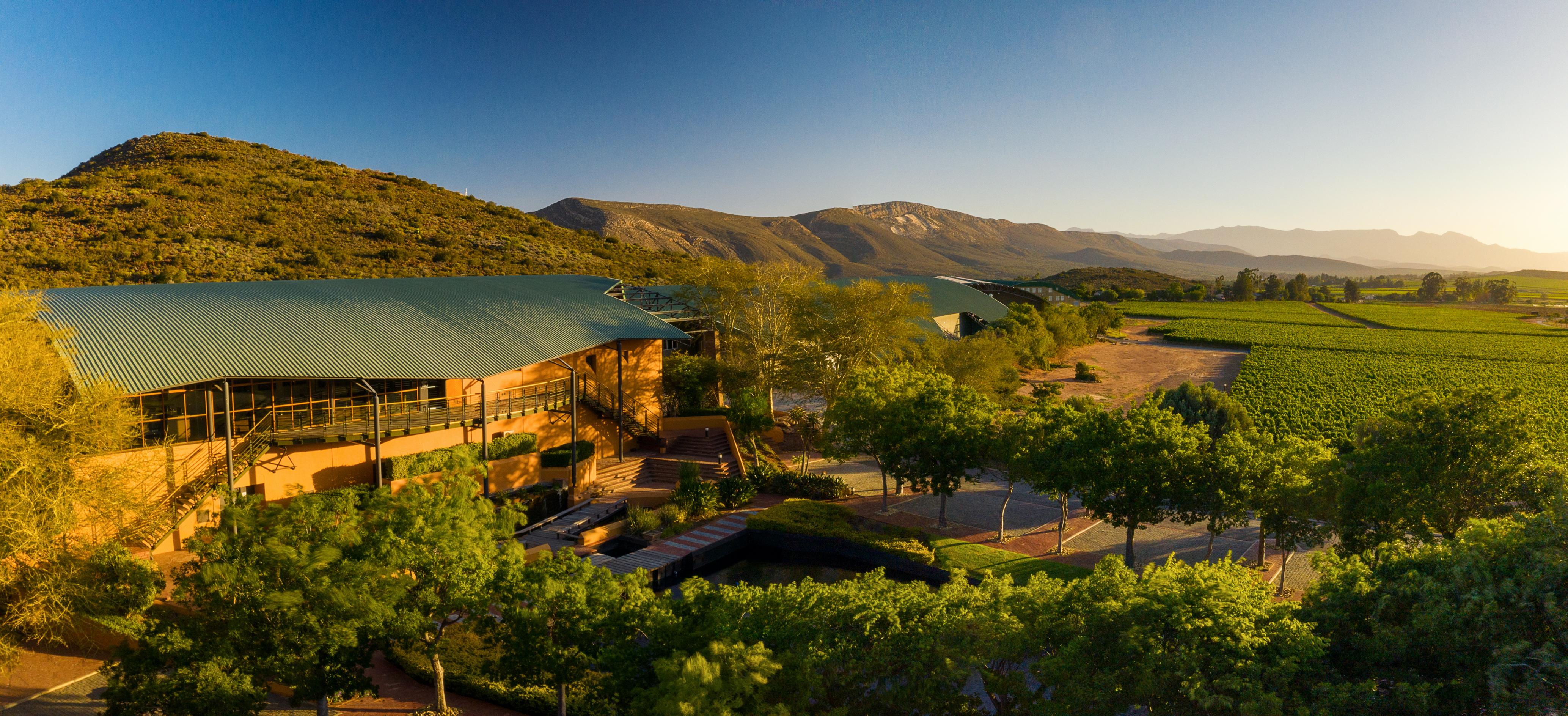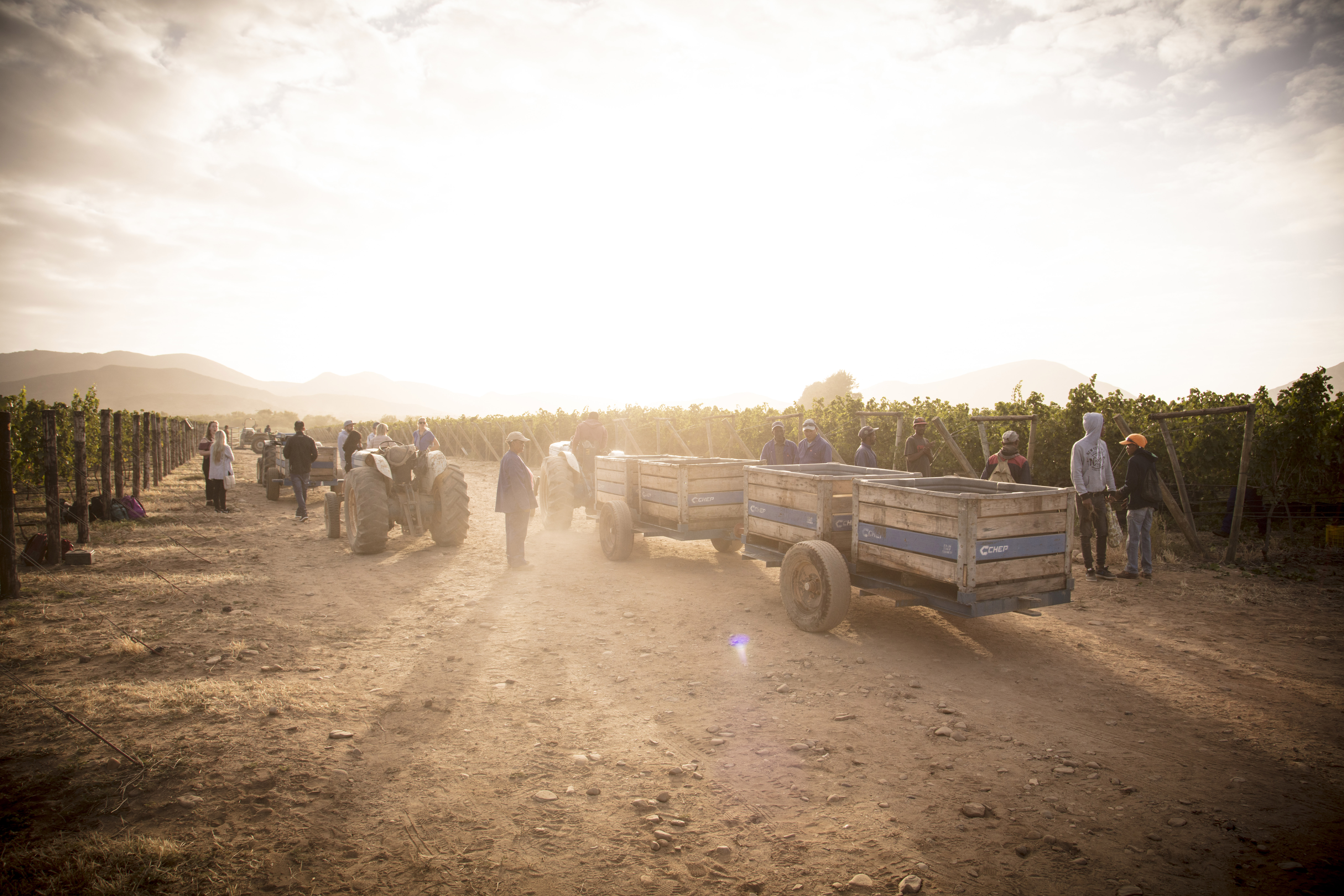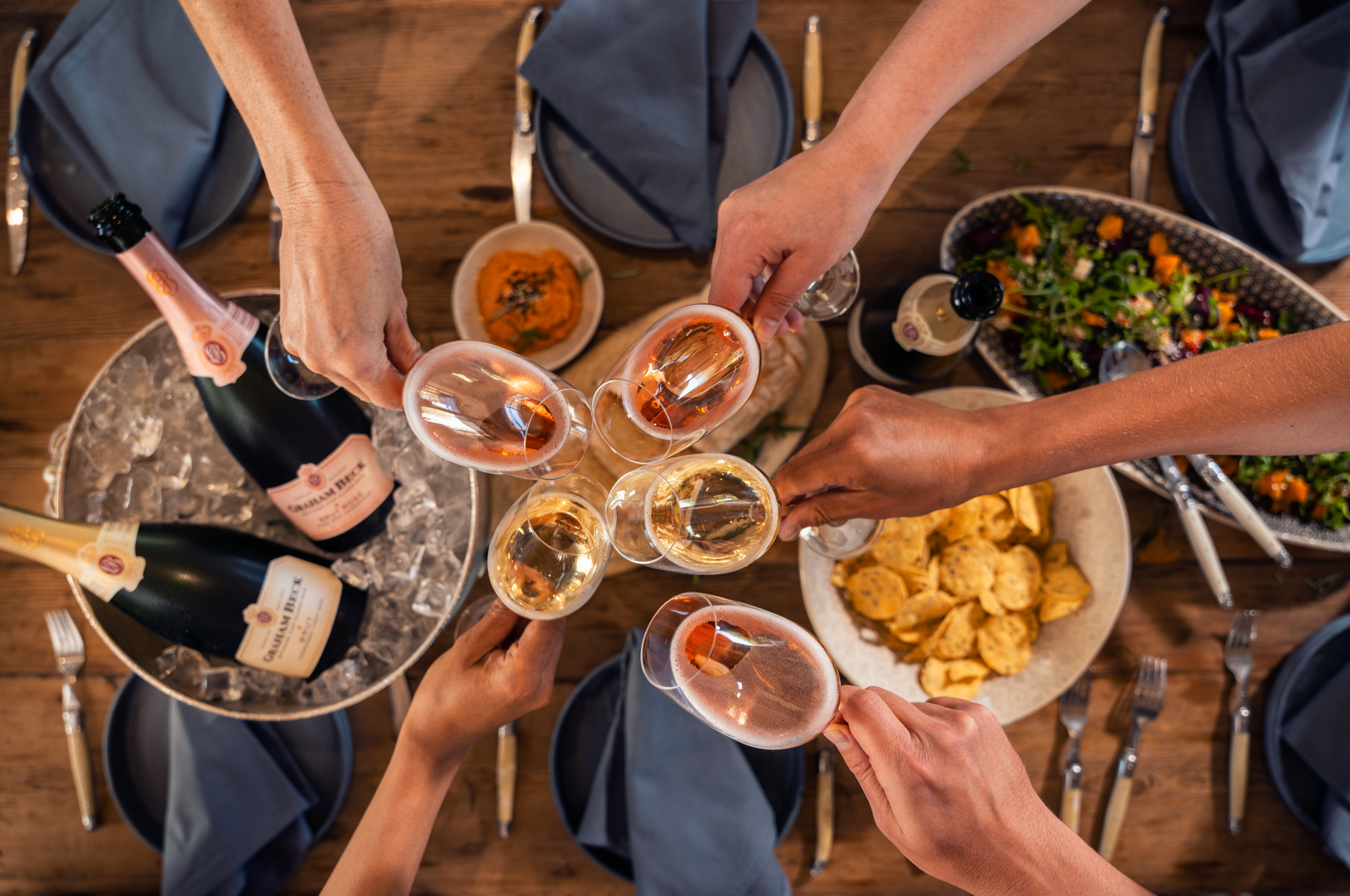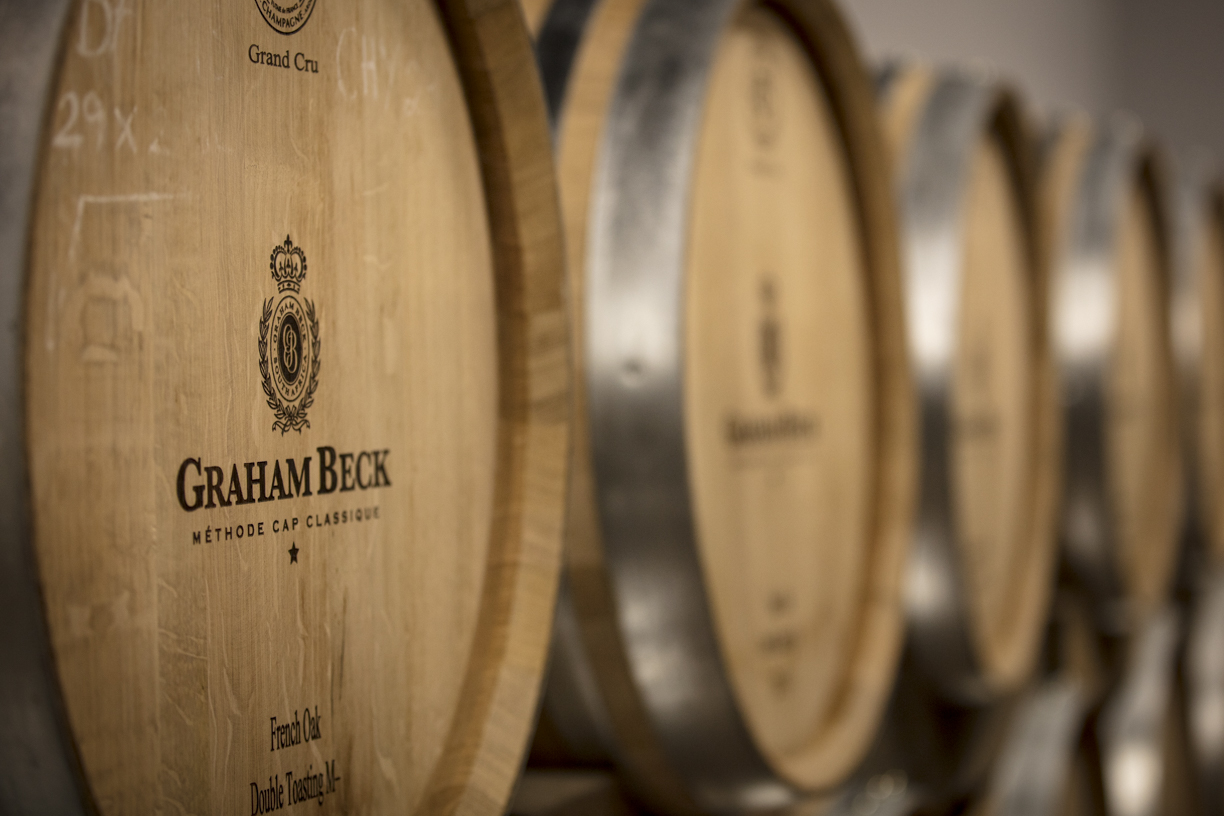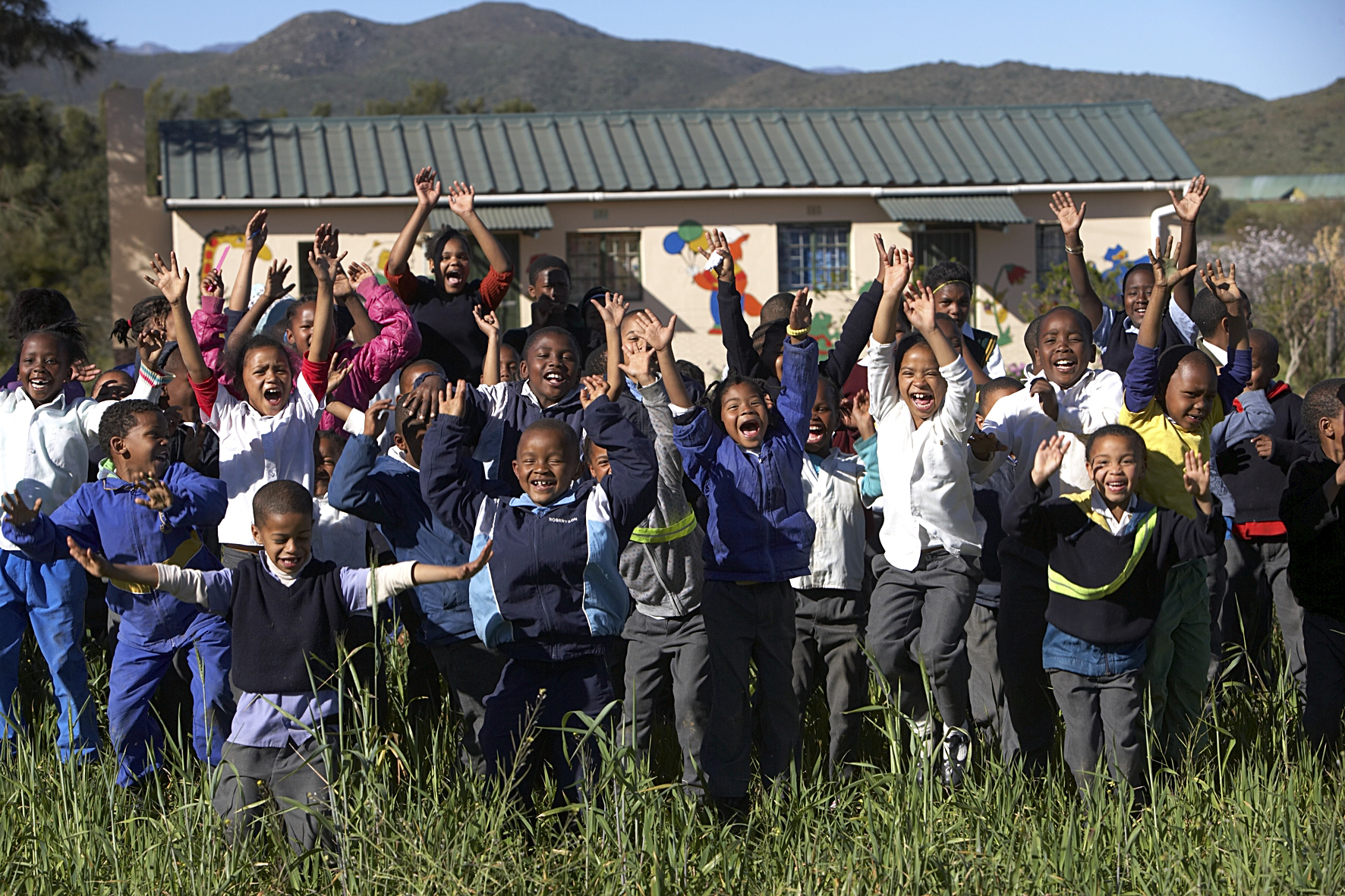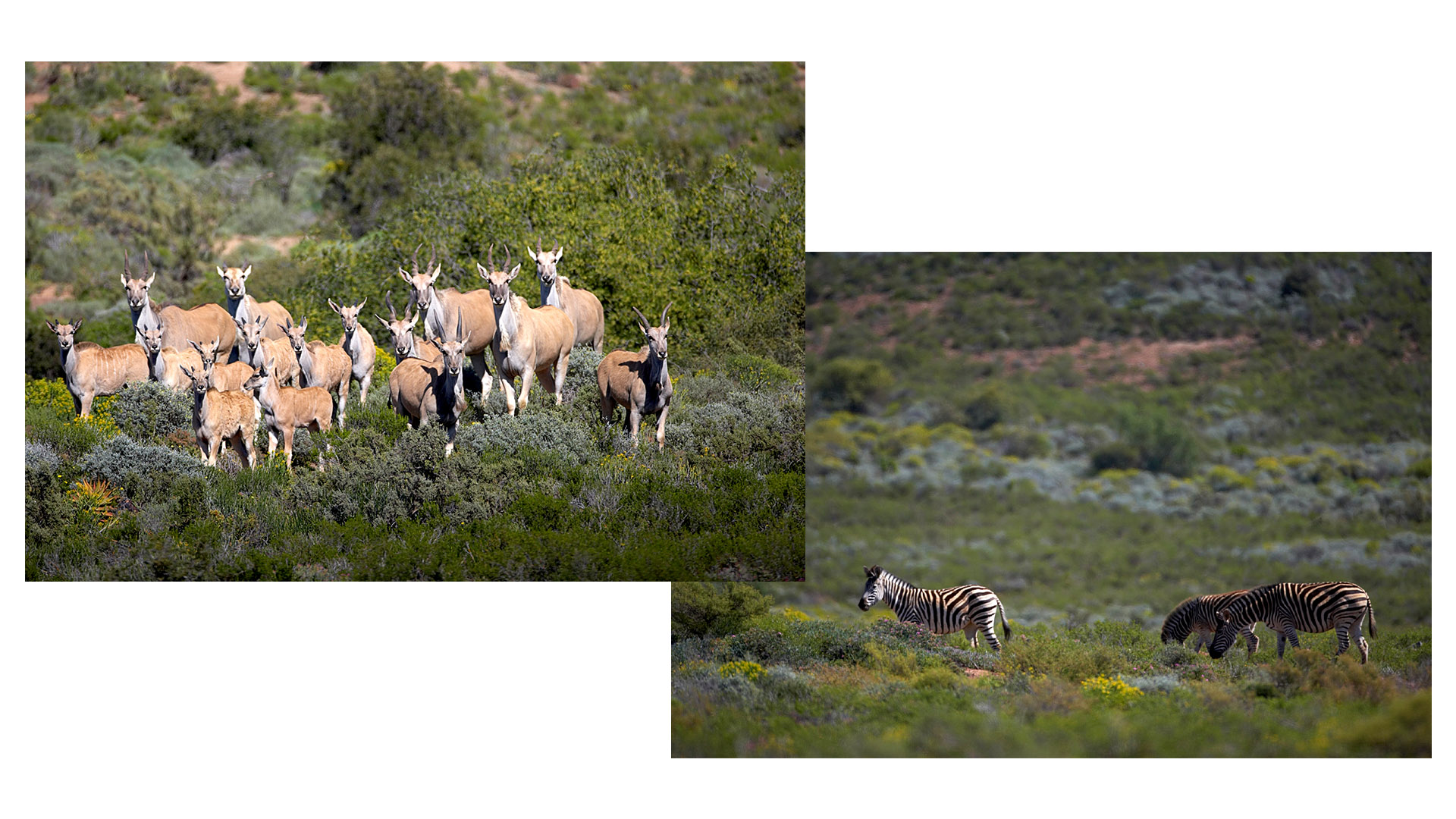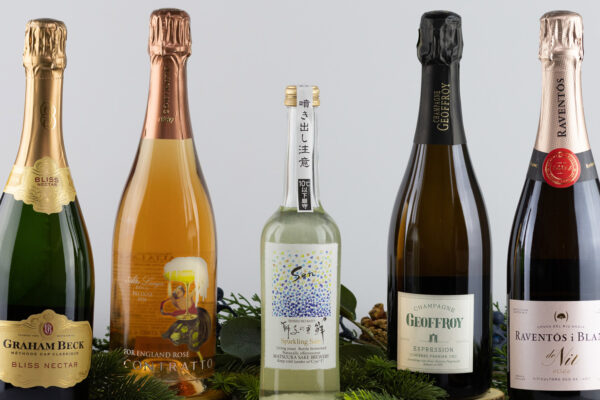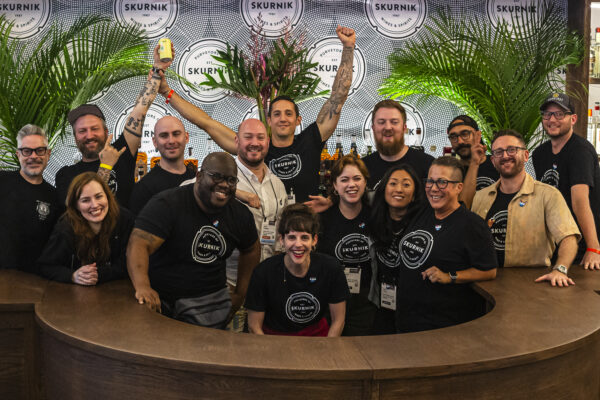Dive into an exclusive interview with Pieter Ferreira, the iconic winemaker behind Graham Beck and one of South Africa’s pioneers in Cap Classique sparkling wines. With a commitment to quality, sustainability, and community, Graham Beck isn’t just about bubbles—it’s about building a legacy for the next generation.
We have a mantra back home: In Pursuit of the Perfect Bubble.
Graham Beck is an important name with a very long history—especially when we’re talking about South African wines—and you’ve been there the whole time. What was it like when you started, and what’s changed since then?
My winemaking career started in 1984, and I joined the first specialist of Cap Classique production. He had a little winery in Franschhoek only producing bottle-fermented sparkling wine in the traditional method. It became known as Cap Classique, which is uniquely South African. I had an incredible seven-year journey with him, and I had four vintages in Champagne, so quickly my life was consumed by bubbles.
I was then approached by someone who was putting a whole team together for Graham Beck. He was an industrialist—a coal miner by trade—but he always had the vision that he wanted to be the best example of Cap Classique in South Africa that he could take into the international market.
It was really wonderful, because I was all ready for it. I joined the Beck family in 1990. We then designed the cellar out in Robertson, which is two hours due east of Cape Town, and 1991 was our maiden vintage. We called it the “vintage under the stars” because the winery didn’t even have a roof—we had only laid the foundation. From there onwards, we built a beautiful portfolio.
We have a collection of non-vintages, we have a vintage collection, and then we have the pinnacle, or our prestige cuvée, Cuvée Clive, on top. We developed the farm with plantings of Chardonnay, Pinot Noir, and as of late we also planted Pinot Meunier. The Robertson farm covers around 75% of our total needs for our portfolio.
What makes Robertson so special in terms of the terroir, and why is it so well suited to méthode champenoise production?
In the southern hemisphere, we talk of the sun being our secret weapon. We have to manage the sun in such a way that we can pick grapes at ideal ripeness for Cap Classique production. We can have a really uncomfortable hundred-degree day, but at night, it will drop way below 70ºF, so we lose 30-35ºF within a few hours in the late afternoon. It really helps to preserve natural acidity in the Chardonnay and gives us beautiful bright fruit aromatics. And then secondly, we have the highest natural occurrence of limestone deposits and complex shale.
We have always said that the magic doesn’t happen in the winery. We’ve studied row directions to make sure that we grow grapes in shaded surroundings and not expose them to direct sunlight. The hot sun would just burn the acidity away and you don’t have that precision, so Robertson is really ideal.
We source the remaining quarter from other geographical areas, which is a huge opportunity. That’s the magic of the Cape Winelands: its diversity in geographical variances. In 20 minutes, you can be in two different countries. You can be in a semi-arid area, you can be very high in altitude, you can be close to the ocean—it’s really just a kaleidoscope of opportunities. The Cape Winelands is divided into close to 100 wards, which are more commonly known as AVAs here in the US, and currently we source from 12 of these different areas just to bring in diversity and build complexity.
We have learned over the years that certain areas give us a different flavor profile to Chardonnay, Pinot Noir, and those are the little components that we build in. It’s like salt, pepper, and spice for a chef. Those varieties definitely add to the magic of our portfolio.
Is Graham Beck farming those vineyards on leases, or are you buying fruit from farmers?
We like to say destiny is in our own hands. We work on long-term relationships, and it works much easier. A handshake is better than a contract. We will source a block of vineyards and take the whole block, so we have autonomy on how we prune in winter and how our crop levels look. Then we, as the winemaking team—with our viticulturalist—determine our own ripeness and the picking date. We are in full, full control of the outside vineyards.
Cap Classique is uniquely South African. It’s not trying to emulate Champagne or any other regional sparkling wine style. What are you looking for in the perfect Cap Classique?
We always just want to be the best. That’s really one of our key drivers: that quality is uncompromising when it comes to our bubbly.
If you speak to any focused sparkling wine or bottle-fermented winemaker, Champagne will forever remain our benchmark, which keeps us aspirational. But we’re not trying to replace any other wine in the sparkling category. We’re not trying to imitate Champagne. There’s a time and a place for Champagne, and a time and a place for Cap Classique. I’m of the opinion that the latter moments are more frequent in life.
Our window of opportunity at picking is extremely short, so we’re actually chasing the sun, and you really can taste the sunshine in our wines. It’s beautiful. And the pure quality-to-price-point ratio is ridiculous. It’s an incredibly fun wine to share.
But I’m aspirational. The ideal wine is still somewhere in the winery. I have not delivered that yet, but we are constantly working toward it. You might say hey, you’ve been at it for a long time—so, where is it? It’s coming. It’s always becoming more and more refined. We have a mantra back home: In Pursuit of the Perfect Bubble.
Do you feel like there is a house style for the winery?
Absolutely. It is vital. The key to any sparkling wine brand is how you deliver year after year. Consistency and continuity are absolutely key. You cannot be blousy and extremely tutti-frutti one year and then elegant the next. This is the quickest way your customer will forget your brand. From day one—obviously having sunshine in mind—we always opted for a style of elegance and finesse using Chardonnay and Pinot Noir. That’s the golden thread that runs through our portfolio. We work with perpetual reserve to keep consistent year in and year out. The consumer has definitely understood that, and that’s why we’ve become the number one Cap Classique in the international market. It’s really unheard of to have a wine at the price of our Brut NV that has a perpetual reserve dating back 30+ years.
Do you have a personal favorite wine that you feel is most emblematic of what you love about the wines you’ve made at Graham Beck?
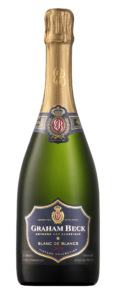 Chardonnay is such an awesome variety. You can mold it into so many different directions and styles. We have stainless steel, large oak barrels, small oak barrels, terra cotta, porcelain—Chardonnay loves to react differently in all of those, and the diversity is incredible. I love producing Blanc de Blancs. It’s my favorite, stylistically.
Chardonnay is such an awesome variety. You can mold it into so many different directions and styles. We have stainless steel, large oak barrels, small oak barrels, terra cotta, porcelain—Chardonnay loves to react differently in all of those, and the diversity is incredible. I love producing Blanc de Blancs. It’s my favorite, stylistically.
What’s next on that journey for Graham Beck? Last time we came to visit, we saw you and Pierre experimenting with 100% Meunier wines. Is there anything you can share (without spilling any deep, dark company secrets)?
For the last decade, we’ve been deep in our research and development program. It really is world class. We shared some of our experiments with some growers in Champagne and they haven’t even thought of looking at things the way we are. Obviously, climate change is a dark cloud on the horizon, so we’re experimenting with more drought resistant varieties like Albariño and Colombard.
We’re also laying the foundation for a little collection called the Artisan Collection, which fits in between our vintage and Prestige Cuvée. This is the really geeky stuff. Our goal is to surprise the so-called wine geek who thinks they’ve tasted everything. One of our ambitions we’ve always had—and the motivation behind the Artisan collection—is that we always wanted to express a great vintage with extended lees aging. We will release them a minimum of ten years after the original release of that vintage. And that Meunier that you tasted back in South Africa has now become part of the Artisan Collection.
What are some of the initiatives that Graham Beck is doing, both in terms of climate change and looking after the community? These factors are extremely important for people who are not just looking to buy a bottle of wine for the sake of buying a bottle of wine, but who really want to support something good.
The Becks established a very huge philanthropy effort. We have three pillars in our business:
One is quality, which is non-negotiable for our Cap Classiques.
The second is our belief in the people we employ. We have a program for all Graham Beck employees where we preschool all the children. They then go through this two-tier schooling system, and then when they get to the university level, there are programs that allow them to access tertiary education. We encourage both parents to work so they can earn two incomes, and their children will still be taken care of with education and a meal. We also developed the skill center on our property which is not only open to employees of Graham Beck, but the rest of the community in the Robertson region.
And the third pillar is sustainability and preservation of existing farmlands. We have a resident conservationist who looks after all our sustainable programs, and that really started with Rhona, Graham’s wife, who loved Mother Nature. She believed that we should always tread lightly on the earth and leave it in pristine condition for future generations. We started with around 250 acres, and we now preserve over 40,000 acres.
So those are the three things: the consumer can know they’re getting the best quality from people who take care of their community and are committed to leaving the land in good hands for future generations.
This interview has been edited for length and clarity.
The Wines
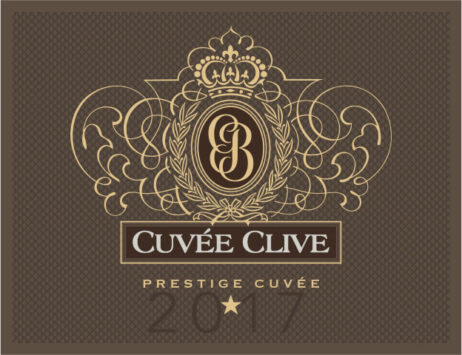
- 95% Chardonnay & 5% Pinot Noir
- Chardonnay is sourced from 3 exceptional parcels within the Graham Beck Robertson Estate on limestone-rich, calcareous soils, and clay subsoils
- Pinot Noir is sourced from the hilly slopes of Napier on decomposed granite
- Hand harvested
- Each parcel was gently whole bunch pressed
- 2 of the Chardonnay portions were fermented in old 205L Pièce Champenoise barrels and 2000L foudres (2000L)
- The 3rd Chardonnay portion and Pinot Noir were fermented in stainless steel
- Aged on primary lees in their respective vessels for 5 months
- Aged on the lees for 5 years before disgorgement
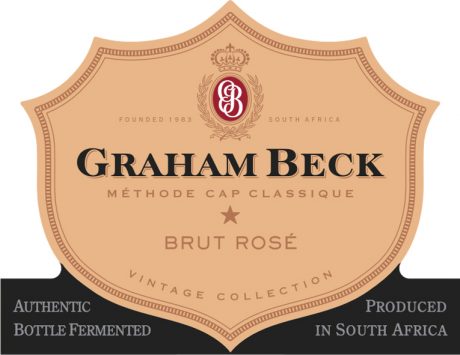
Vintage Brut Rosé ‘Methode Cap Classique’
- 90% Pinot Noir & 10% Chardonnay
- Pinot Noir is sourced from 4 unique vineyards in Elgin, Durbanville, Stellenbosch and Robertson
- Chardonnay is sourced from the Robertson Estate
- Hand harvested in the early morning
- Pressed together and fermented in stainless steel
- 48 months on the lees prior to disgorgement
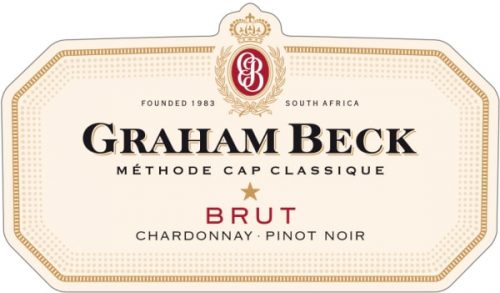
- 53% Chardonnay & 47% Pinot Noir
- Sourced from the Western Cape and from the Graham Beck estate
- Hand harvested
- Whole bunch pressed
- After settling, the varietals are fermented separately
- 8-12% of each release is reserve wine dating back to 1991
- 15-18 months on the lees prior to disgorgement




